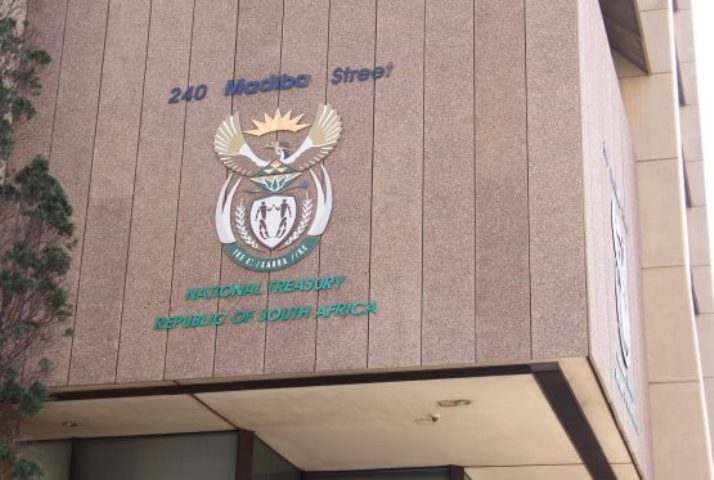The South African National Treasury has published the operating and capital budgets of municipalities for the 2024/25 financial year on its website, providing detailed insights into the revenue and expenditure patterns expected over the next three years under the Medium Term Revenue and Expenditure Framework (MTREF). This transparency effort enables the public to monitor local government finances and hold municipal councils accountable. Key Highlights from the 2024/25 MTREF
The 2024/25 MTREF projects significant revenue and expenditure growth for municipalities across the country:
Revenue and Expenditure Trends: Total municipal revenue is projected at R652.3 billion for 2024/25, growing to R728.7 billion by 2026/27. Municipal expenditure is set to rise from R649.9 billion in 2024/25 to R720.4 billion in 2026/27, reflecting a 6.2% increase from the previous year.
Operating Deficits: The 2024/25 budgets show anticipated operating deficits, as expenditures grow faster than revenue. However, the situation is expected to stabilize, with projections showing operating surpluses in the later years of the MTREF.
Financial Challenges and Deficit Reduction: Municipalities are currently facing financial challenges with a net deficit of R2.1 billion anticipated for 2024/25. However, this is a marked improvement from the R9.3 billion deficit in 2023/24, with projected surpluses of R520.4 million in 2025/26 and R4.3 billion in 2026/27.
Cost Drivers: Employee-related costs and bulk purchases are the primary cost drivers, constituting 26.9% and 34.5% of operating expenses, respectively. High electricity and water tariffs, coupled with affordability issues, have influenced sales patterns and increased bad debt levels.
Capital and Infrastructure Investment
Capital expenditure, representing 11.9% of total expenditure in 2024/25, focuses on critical infrastructure to support municipal service delivery:
Capital Budget Allocation: R77.4 billion is allocated for capital expenditure in 2024/25, with 51.5% dedicated to trading services, including electricity and water services.
Infrastructure Development: R47.1 billion, or 60.8% of the capital budget, is allocated to new infrastructure projects, while R13.3 billion and R17 billion will be invested in the renewal and upgrade of existing assets, respectively.
Repairs and Maintenance: Municipalities have allocated R33.9 billion for operational repairs and maintenance in 2024/25, with expected increases to R37.1 billion by 2026/27. This funding aims to preserve asset quality and ensure reliable service delivery.
Enhanced Transparency and Accountability through Open Data Portals
The National Treasury has also strengthened its commitment to transparency with tools that allow the public to track municipal spending and performance. The MTREF data is accessible on Municipal Money, an open government data platform, at www.municipalmoney.gov.za, with additional time series data available at municipaldata.treasury.gov.za. The new GoMuni portal (lg.treasury.gov.za), also facilitates public access to in-depth financial data by providing real-time insights into municipal budget compliance and spending efficiency.
Ensuring Public Engagement and Fiscal Oversight
Through these resources, National Treasury supports ongoing monitoring and accountability in local government. The quarterly Section 71 reports track municipalities’ actual revenue collection and expenditure against budgeted figures, allowing communities to engage with local government finances and advocate for financial prudence.
By making comprehensive local government budget information accessible, National Treasury is strengthening South Africa’s fiscal oversight framework, driving better financial management practices, and fostering greater accountability within municipalities.











